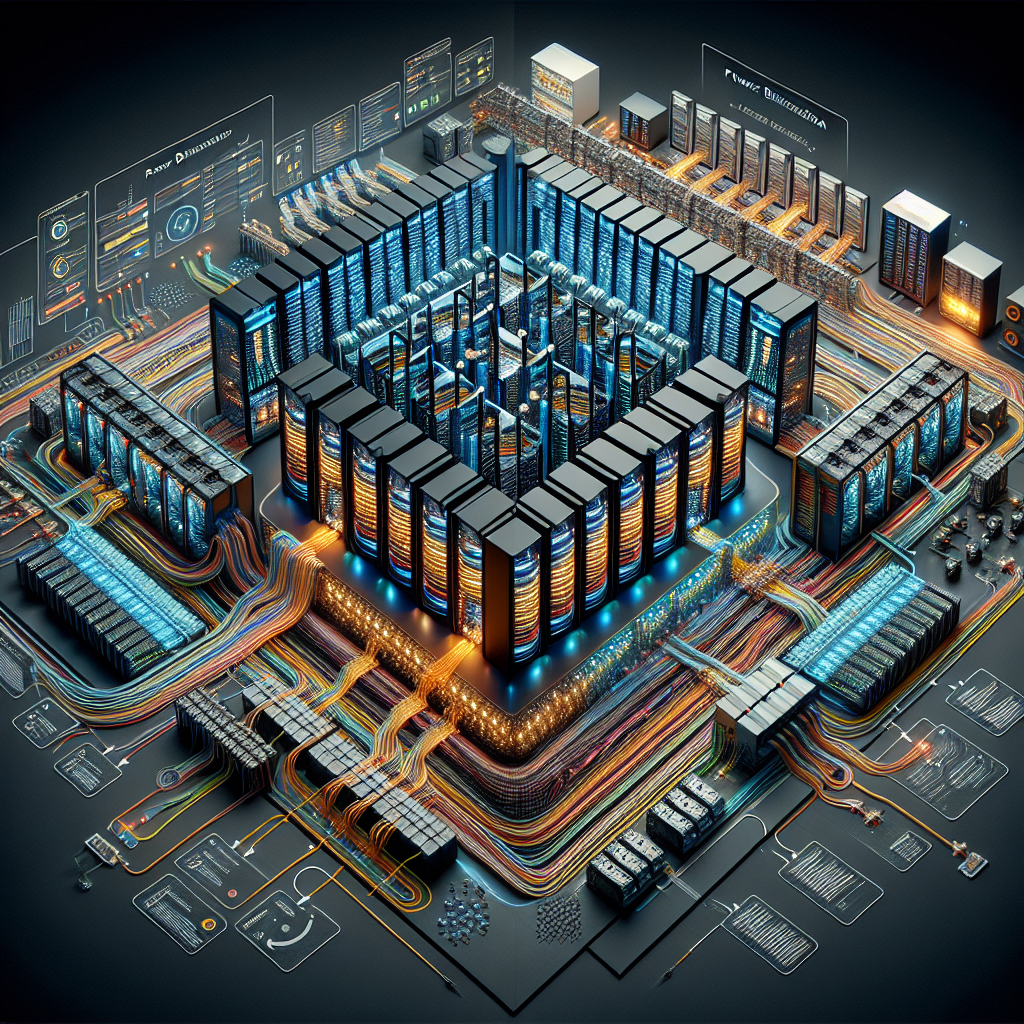Your cart is currently empty!
Strategies for Enhancing Power Distribution in Data Centers

Data centers are crucial in today’s digital age, serving as the backbone of modern technology. These facilities house servers, storage systems, and networking equipment that enable businesses to store, process, and manage large amounts of data. One of the key challenges faced by data center operators is ensuring efficient power distribution to support the increasing demand for computing resources. In this article, we will discuss strategies for enhancing power distribution in data centers.
1. Implementing a Redundant Power System:
One of the most effective strategies for enhancing power distribution in data centers is to implement a redundant power system. This involves having multiple power sources, such as utility feeds and backup generators, to ensure uninterrupted power supply in case of a power outage. By having redundant power sources, data center operators can minimize the risk of downtime and ensure the continuous operation of critical IT infrastructure.
2. Utilizing Power Distribution Units (PDUs):
Power Distribution Units (PDUs) are essential components in data centers that help distribute power from the main source to individual servers and networking equipment. By utilizing intelligent PDUs, data center operators can monitor power usage, manage power distribution, and optimize energy efficiency. Intelligent PDUs also offer features such as remote monitoring and control, which enable operators to identify and address power issues proactively.
3. Implementing Hot Aisle/Cold Aisle Containment:
Hot aisle/cold aisle containment is a design strategy that helps optimize airflow and cooling efficiency in data centers. By segregating hot and cold air streams, data center operators can reduce energy consumption and improve cooling effectiveness. This strategy also helps prevent hot spots and ensures uniform temperature distribution throughout the facility, leading to better equipment performance and longevity.
4. Embracing Energy-Efficient Technologies:
Data centers are known for their high energy consumption, so embracing energy-efficient technologies is essential for enhancing power distribution. This includes using energy-efficient servers, storage systems, and networking equipment, as well as implementing technologies such as virtualization and server consolidation to reduce power consumption. Data center operators can also consider deploying renewable energy sources, such as solar panels or wind turbines, to further reduce their carbon footprint and energy costs.
5. Conducting Regular Power Audits:
To ensure optimal power distribution in data centers, it is important to conduct regular power audits to identify potential inefficiencies and areas for improvement. By monitoring power usage, analyzing energy consumption patterns, and identifying opportunities for optimization, data center operators can make informed decisions to enhance power distribution and improve overall efficiency.
In conclusion, enhancing power distribution in data centers is essential for ensuring reliable and efficient operation of critical IT infrastructure. By implementing strategies such as redundant power systems, utilizing intelligent PDUs, implementing hot aisle/cold aisle containment, embracing energy-efficient technologies, and conducting regular power audits, data center operators can optimize power distribution, improve energy efficiency, and minimize the risk of downtime. By staying proactive and investing in the right technologies, data center operators can create a more resilient and sustainable power distribution system that meets the growing demands of today’s digital economy.

Leave a Reply